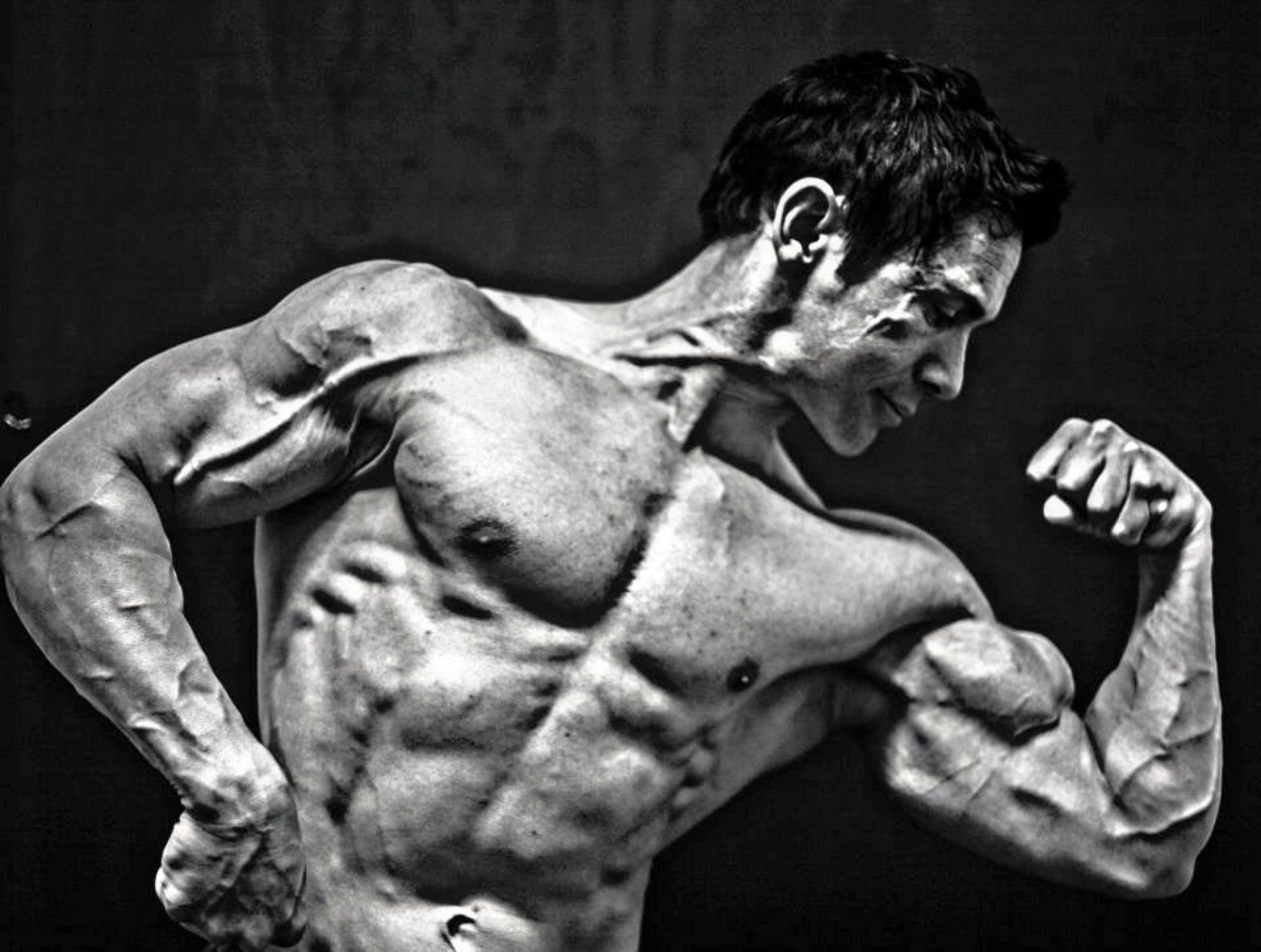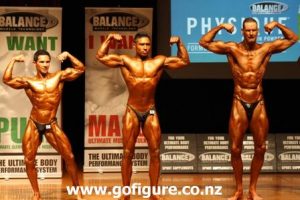If you are thinking about competing in fitness and bodybuilding competitions- you will need to:
- Get someone who is experienced in competing/judging or prepping to give you an honest assessment on whether you are ready/ or would be ready with a pre contest regime.
- Check out the websites of the different bodybuilding federations in New Zealand.
- Go to a few shows, and look at photos and video clips online to determine what class you would fall into to get an idea of the transformation needed.
- Honestly ask yourself- are you willing to spend the time sticking to a training, diet and posing schedule conducive for preparing you for the stage.
- Pay expenses for food, supplements, gym membership, fees for joining a bodybuilding federation and entering a show, personal training, posing trunks, tan, travel and accommodation.
- Consider what bodybuilding federation you will compete in and what class will suit you.
Presently in Hawkes Bay we have two federations that run shows: NABBA NZ and NABBA WFF. So if you lived in the area and didn’t want to travel out of the region- those would be your choices. In terms of class, having an experienced person’s honest opinion in the sport is useful. You can also send photos of yourself to the federations for their expert advice. When I first competed back in 1998 I was lucky enough to be encouraged to compete in the athletic class by Jim Pitt, president of NABBA NZ so I knew it was solid advice. Also, with my ectomorphic frame and the amount of muscle mass I had accumulated over 10 years, the Athletic class was ideally suited for me- I fit well within the weight limits for both NABBA NZ and NABBA WFF. However, you may have a large, thick frame with more muscle and may never be able to make the weight limits- the physique class will then be your calling. Women have even more choice in terms of classes and the one that suits will again depend on goals and genetics.
If you don’t mind travelling and have a preference for a bodybuilding federation, we have four federations in New Zealand that promote and run bodybuilding, figure and fitness competitions; INBA (natural/drug free), NABBA WFF, NABBA and NZIFBB (all have their respective websites and information).
http://www.inbanewzealand.org/
I have been privileged to have competed in all four federations and found them all to be positive and valuable learning experiences for me as an athlete. All cater for men, women, different age groups, physique types and novice and open competitors. They all have their own nuances for the different classes and have the opportunity of competing regionally, nationally and internationally. (See their respective websites above for competition calendars and specific class information).
So if you want to compete, consider the above information, set some goals, devise a plan and go for it!


